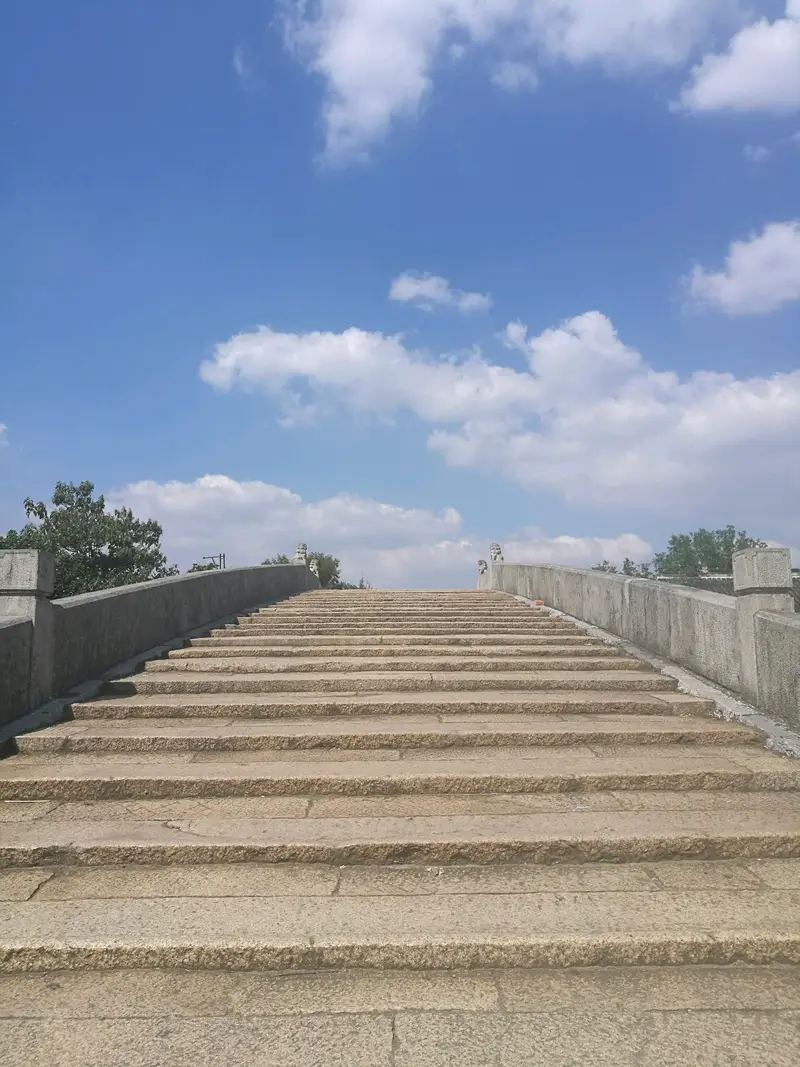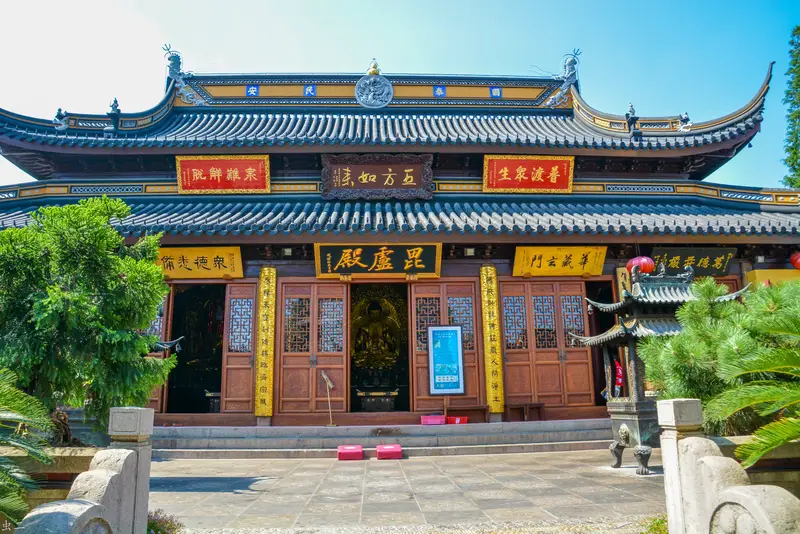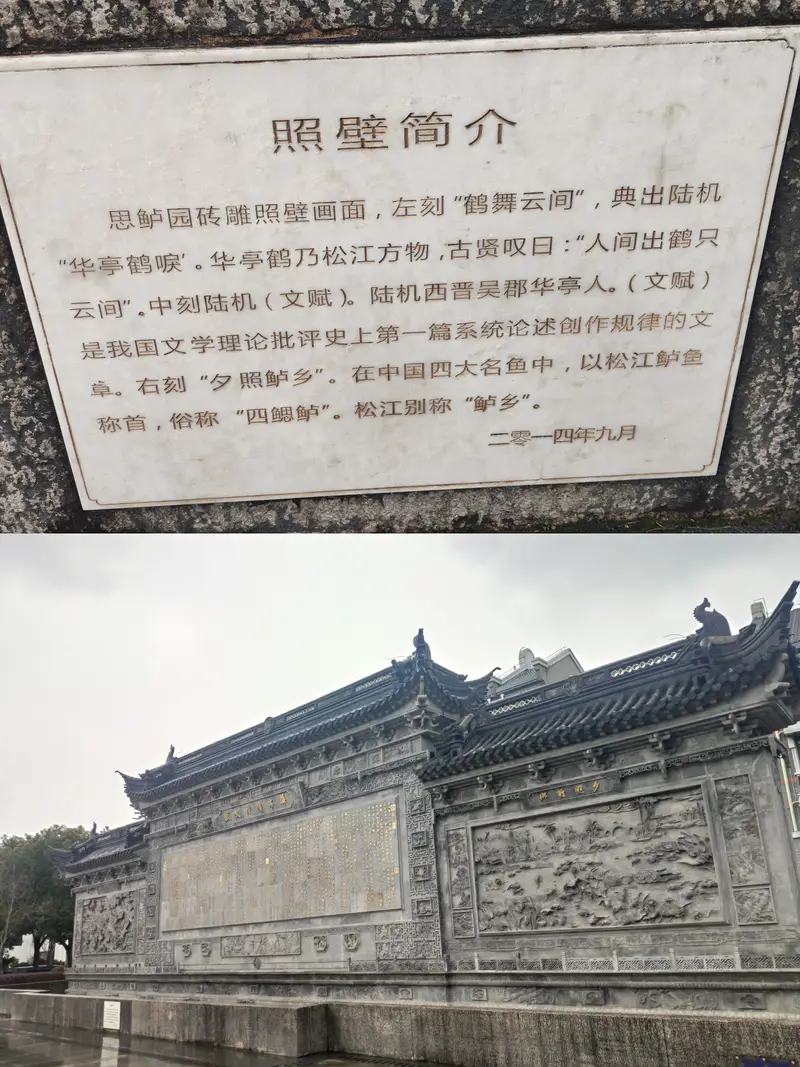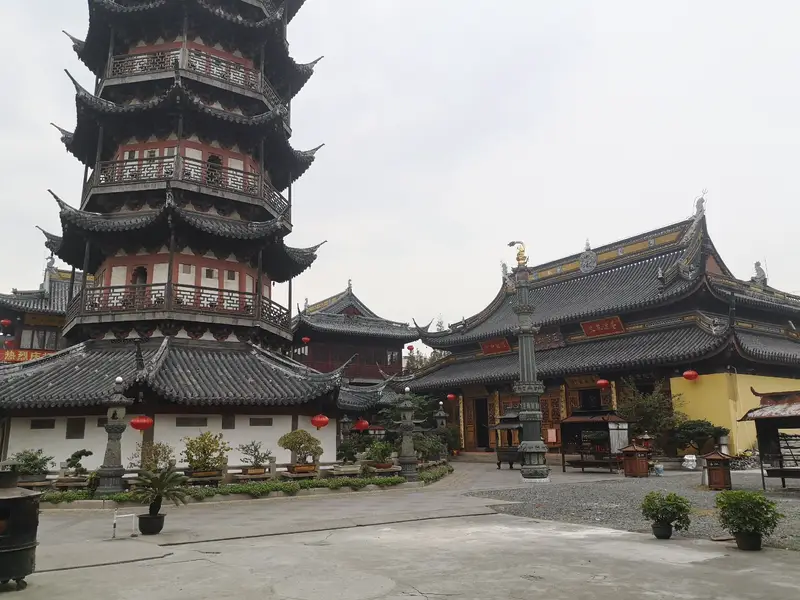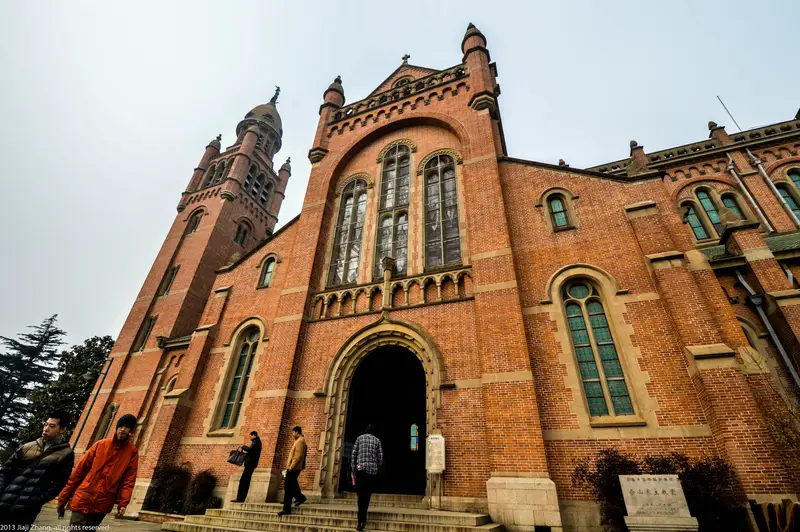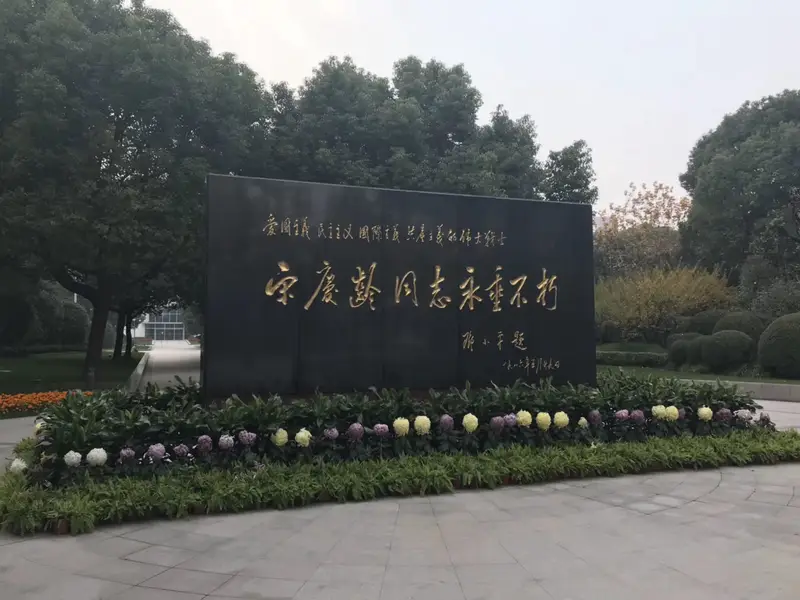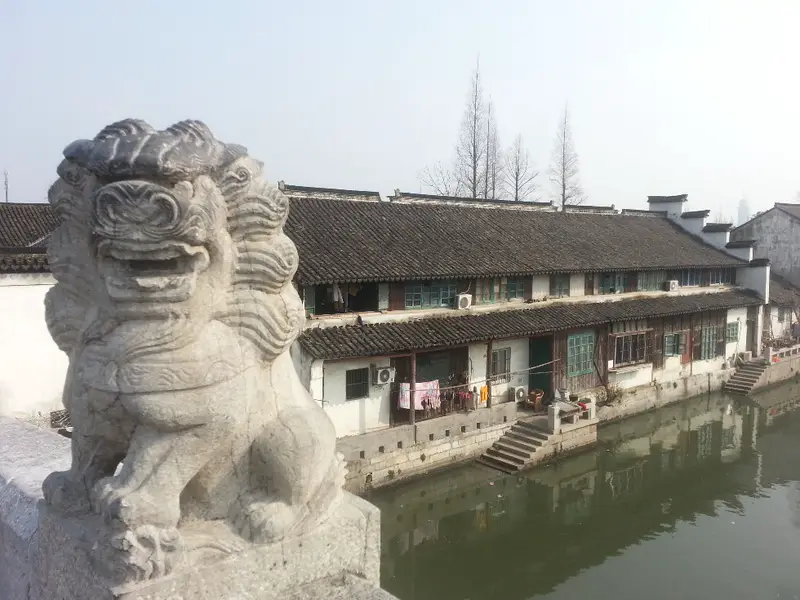Location & How to Get There
Guan Ding Zen Monastery sits at the intersection of Huagong Road and Yushu Road in Songjiang District, Shanghai. While it’s a bit off the city’s main tourist trail, it’s easy to reach. If you’re coming from downtown Shanghai, a 30-minute metro ride to Songjiang University City Station followed by a quick taxi or bike ride will get you there. Driving? There’s free parking available, which is a nice bonus in a city where parking can be tricky.
Natural Scenery: A Peaceful Retreat
The monastery’s surroundings are surprisingly tranquil. Unlike busy temples in central Shanghai, Guan Ding Zen Monastery feels tucked away in a quiet corner. You’ll find lush gardens with bonsai trees, small bridges over koi-filled ponds, and stone paths that make you slow down and enjoy the calm. In spring, cherry blossoms add a pink glow, while autumn brings golden ginkgo leaves—perfect for photos or just soaking in nature’s beauty.
Cultural & Spiritual Highlights
This isn’t just another old temple. Guan Ding Zen Monastery blends traditional Buddhist design with modern touches. The halls are filled with intricate carvings of lotus flowers and Buddha statues, but the space feels fresh, not stuffy. One standout is the “Hall of Wisdom,” where ancient sutras (Buddhist texts) are displayed alongside modern art installations. Guides (if you can communicate with them) might share stories about how the monastery combines old rituals with new ways to engage visitors. Even if you’re not religious, the vibe here is inviting—like stepping into a living museum of faith and art.
Practical Tips for Your Visit
- Opening Hours: The monastery is open daily from 8 AM to 5 PM. Arrive early to avoid crowds and catch the morning chants (if allowed).
- What to Bring: Wear comfy shoes for walking, and consider bringing a camera. Be respectful by covering your shoulders and knees—they offer free scarves if you forget.
- Guided Tours: English-speaking guides aren’t always available, but volunteer staff might help if they’re around. Otherwise, info boards in simple English explain key spots.
Food & Rest Areas
After exploring, grab a snack at the on-site tea house. They serve basic Chinese teas and snacks like rice cakes, but the real treat is sitting by the window and watching monks go about their day. If you’re hungry, nearby Songjiang has local restaurants serving dishes like “hong shao rou” (red-braised pork) or vegetarian noodles.
Why It’s Worth a Visit
Guan Ding Zen Monastery stands out because it’s neither too touristy nor overly strict. It’s a place to pause, breathe, and feel connected to both nature and history. Even if you’ve seen other temples in China, this one’s unique mix of old-meets-new makes it special. Plus, since it’s less crowded, you can snap that perfect Instagram shot without a million people in the background.
Whether you’re into spirituality, architecture, or just need a quiet hour away from Shanghai’s hustle, Guan Ding Zen Monastery is a hidden gem worth seeking out.


